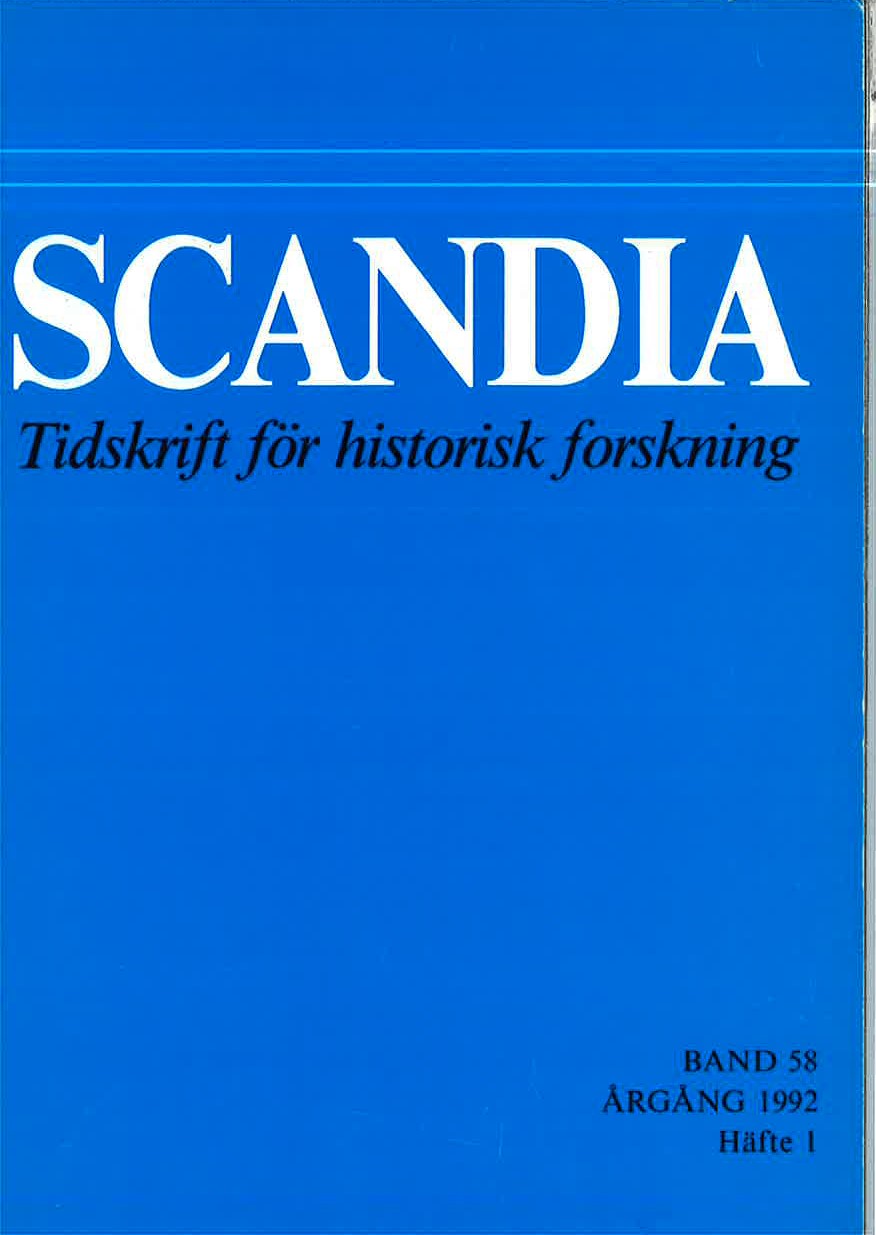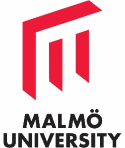Peasant Mentality and State-Formation
DOI:
https://doi.org/10.47868/scandia.v58i1.24850Keywords:
hierarchy, political power, peasant mentality, mental reality, political reality, cultureAbstract
State-formation in early modern Europe is often regarded as being correlated to a process of integration on two levels. On the one hand, the international economy expanded and regions, countries and continents became increasingly interrelated and dependent on trade and financial net-works across state boundaries. On the other hand, state-making presupposed that the main strata of the population supported the political system - at least in the long run.
Theoretically, integration in society may assume different forms. One might speak of utilitarian, functíonal integration when economic collaboration, for example, is established; or coercive integration through control and suppression from above; or identitive integration by means of mutually shared norms, values or mentalities. However, a fourth possibility can be discussed, namely, integration through interøction, through communicative capacity - even if interaction leads to discourse rather than to actual results.
Coercive and functional integration in the earÌy modern period have long been analyzed in international and national research, which has emphasized the importance of questions such as economic net-works and military power. The problems of identitive and communicative interaction, on the other hand, have been relatively less investigated, and the intention of this article is to illuminate these issues.
The author seeks to reconstruct the values and beliefs of the Swedish peasantry in certain ethical, cosmological, religious and social matters by drawing on arguments on culture and mentality provided by Eric Wolf, Peter Burke and Aron Gurevich, among others. This is, however, a difficult task. All sources and methods of reconstructing culture have their pitfalls. The manifestation of the peasants'views must be sought in a broad cultural spectrum. Thus, all of the following methods are employed to a certain degree:
- to interpret the peasants' beliefs and values via their own statements, an analysis "from within";
- to depend on an analysis of material "from above", that is, to reconstruct the peasants' perceptions and ideas through descriptions provided by the authorities;
- to look through the eyes of temporary visitors, travellers' reports on the peasantry;
- to attempt to interpret certain kinds of behaviour, e.g. criminal actions, as expressions of underlying values.
The article suggests that the peasants'view of the world in early modern Sweden was based on the following facts and mental preconditions:
1. A strong sense of freedom and property, derived from a historical tradition in a country where a large portion of the peasantry owned its own land as long as it could manage the farming and paid its taxes to the crown without fail. The relative reluctance to steal, evident from a comparative analysis of court records, supports this analysis of the sense of property.
2. An emphasis on law and legal argument, the custom of viewing the local courts not only as a place where punishments were meted out, but also as a social arena where reconciliations were made and conflicts resolved through negotiation. Justice, however, was not an abstract category, but rather something based on reason, determined by tradition and thc circumstances of the particular case.
3. The experience of communal organization, primarily by parish assemblies or hundred courts, designed to achieve the common Good or Peace. communalism presupposed concensus and collective agreements, in a period where communal life was still not very formalized. Norms of everyday social behaviour which were supported by most contemporary popular religious texts - such as caution and trustworthiness - seem to be readily compatible with this sense of community.
4. The idea of a functional division of society into different Estates, with peasants belonging to the working Estate.
5. The mentality of patriarchalism.
The first three elements support an interpretation which depicts the peasants as active subjects, both at the local level and in central politics and legislation. The notion of patriarchalism and the different Estates may also be compatible with this interpretation, given that one minimizes the dimension of hierarchy in these concepts and instead stresses the dimension of reciprocity. On the other hand, patriarchalism and "treståndsläran" might just as well have imþosed a strong sense of hierarchy on the people. In that case, the question is to what extent the principles of communalism, legalism and freedom were able to balance and counteract the principle of subordination in the lives of the peasantry.
The reality, according to the author's interpretation, included both sides of the coin. Swedish history in the early modern era must be understood in the lighi of this tension between two principles: the principle of hierarchy, as upheld primarily by the state but
also by the nobility and the heads of the households - and the principle of reciprocity, negotiation, legalism and dialogue. It was a tension which coloured both the local and the central political arenas, a tension visible in parish life and mentality as well as in parliament, in national legislation, and in local court practice.





